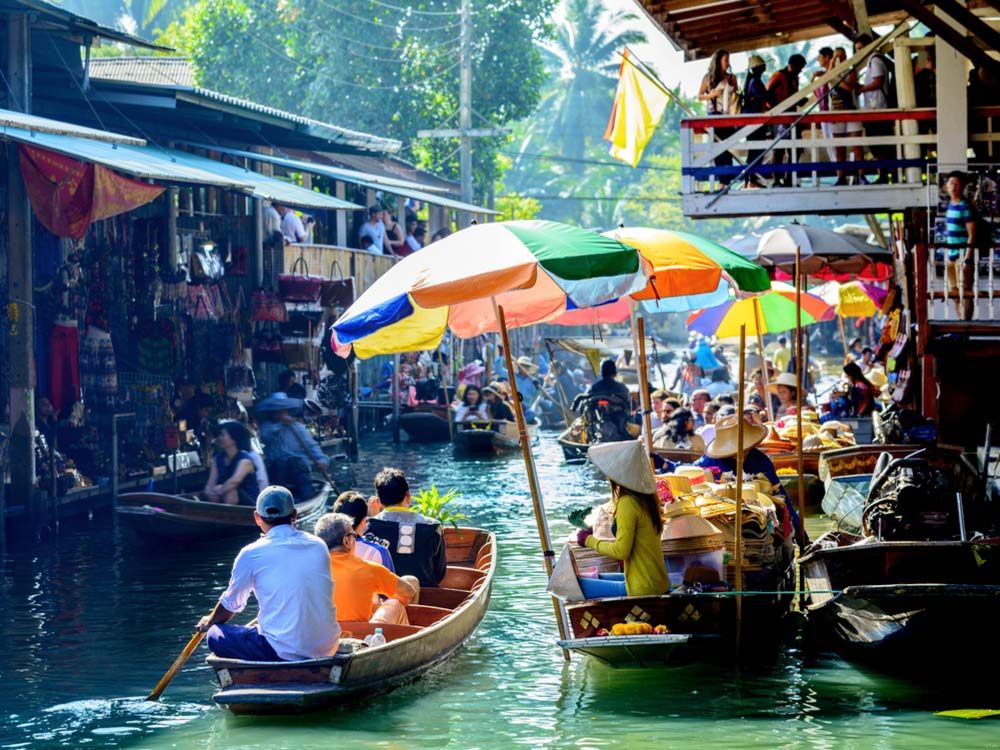
Looking for an new, fun destination to visit during your next vacation? Whether you’re a budding traveller or seasoned jet setter, don’t settle on a typical trip to Paris or London. Sure, those cities can certainly dazzle. But if you’re feeling inclined to hop across the pond, you should opt for a more exciting location instead. We guarantee you won’t regret it! (Check out the best street foods across Asia.)
Our suggestion: Bangkok, Thailand. Why? As per a new new report by Mastercard, the Thai capital is the most popular city in the world for international travellers—for the second consecutive year. (Here are the 10 places in Southeast Asia you need to visit before you die.)
The report projects that Bangkok will welcome nearly 20.2 million international overnight visitors this year. While London used to hold No. 1 spot, England’s capital city maintained its position in second place for the second year in a row. It expects over 20 million visitors this year.
Paris was ranked third, with a projected 16.1 million international visitors. Dubai and Singapore came in fourth and fifth place, respectively. (If you happen to swing by Singapore, make sure you know these strange international laws beforehand.) The Big Apple ranked sixth with 12.7 million visitors, and that number is expected to decline this year, according to the report.
Tokyo may be in eighth place right now, but jet setters might want to watch out for this Asian capital. With a projected growth rate of 12.2 per cent, it’s poised to overtake the top-ranked cities in the near future.
And don’t worry—despite its position on top of the list, Bangkok doesn’t rank amongst the most outrageously expensive vacations. That honour goes to Dubai, whose international overnight visitors spent $28.5 billion at the capital city last year. On the other hand, Bangkok falls in fifth place for visitor spending, with $14 billion in revenues.
Ready to buy your tickets and pack your bags? Before you book, make sure you also check out the most beautiful beaches Thailand has to offer.
Plus: The Best Times to Book Holiday Flights Anywhere in the World
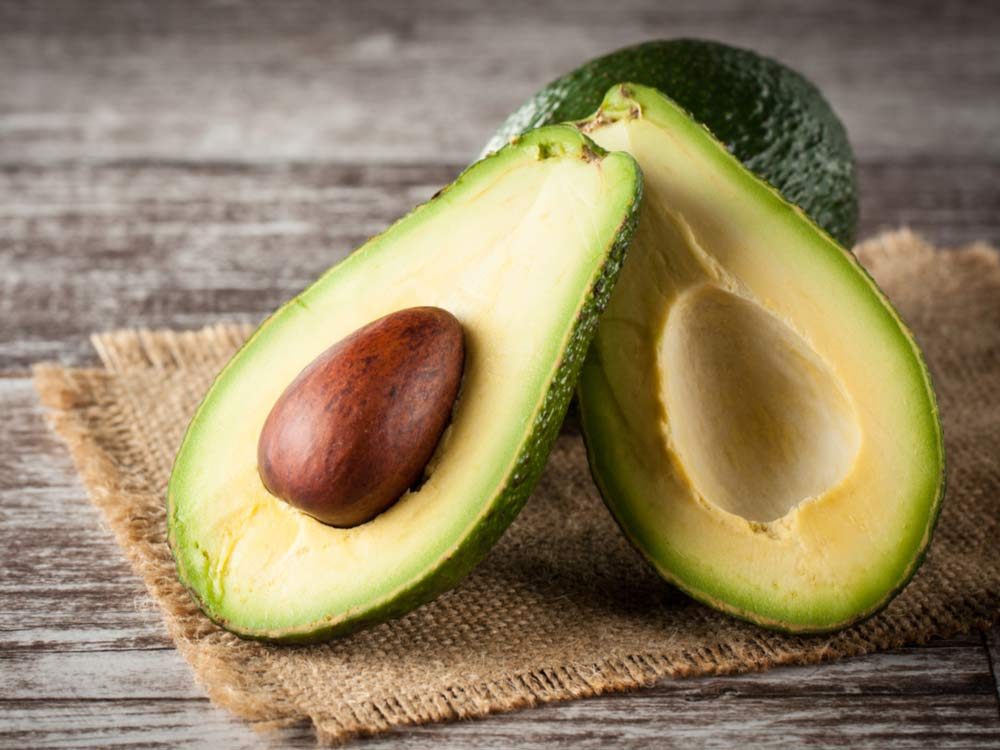
We already know that avocado, sometimes called an “alligator pear,” is full of nutrients like potassium, magnesium, folate, healthy omega-3 fatty acids, vitamins A, C, E, protein, and fiber. It’s even good for your brain! We also know that avocado can be added to almost anything and still taste great (like in these delicious avocado recipes). Salads, sandwiches, pasta, even ice cream—you name it.
But what if we told you this whole time you’ve been throwing out the part that has a plethora of potentially useful molecules? Debasish Bandyopadhyay, PhD, and four of his students at the University of Texas Rio Grande Valley conducted an experiment resulting in some interesting finds. (Here are some other food parts you shouldn’t be throwing out.)
Bandyopadhyay and his students crushed up about 300 dried avocado seed husks (the middle part of an avocado) into 21 ounces of powder. The powder was then analyzed further, which was found to contain three teaspoons of seed husk oil and about one ounce of seed husk wax. The research group then used a gas chromatography-mass spectrometry analysis to decipher the compounds.
As it turns out, 116 compounds were found in the husk’s oil. Of those 116, some were crucial to the production of certain medications that kill off viruses, prevent the growth of tumour cells (heptacosane is only found in the husk), and reduce the risk of atherosclerosis. The husk’s wax contained 16 compounds, some of which play a role in creating certain cosmetics and making plastic flexible.
“It could very well be that avocado seed husks, which most people consider as the waste of wastes, are actually the gem of gems because the medicinal compounds within them could eventually be used to treat cancer, heart disease, and other conditions,” Bandyopadhyay told the American Chemical Society (ACS).
So, with 1.9 billion pounds of avocados being consumed by Americans each year, will this study put a halt to the husk tossing epidemic? Probably not, unless you’re able to conduct a gas chromatography-mass spectrometry analysis. Regardless, it’s another reason to love avocados even more than we already do!
Plus: 8 Best Foods for Healthy Skin That Glows

Got a cute caption for this photo?
Kristy Dahms of Cobden, Ont., shares this hilarious pic writing, “There are 20 turkeys that have been feeding at our house. One—and only one—has figured out how to use the bird feeders. The rest eat under the deck or on the deck.”
Share your funny or sweet one-liners for this photo in the comments section below or through Our Canada’s submissions site (please identify it as an entry for Caption Corner)!
Check out more Caption Corner challenges.
Don’t miss out-sign up for the Our Canada e-newsletter!
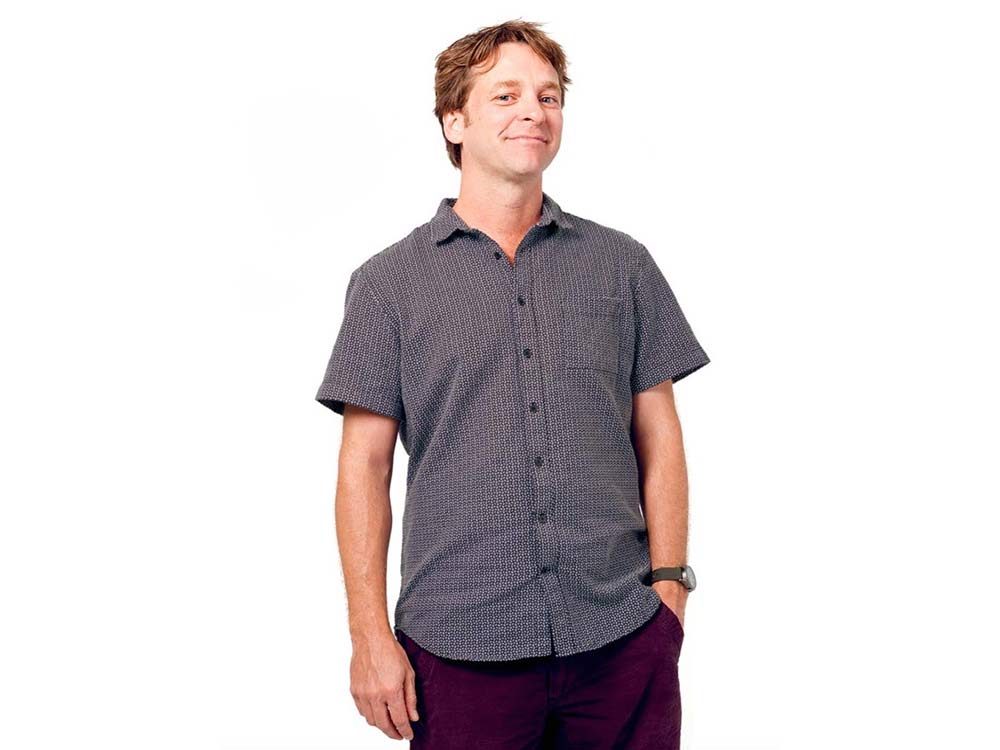
Great Canadians: Bonhomme à lunettes
In the low-ceilinged lobby of YMCA Guy-Favreau in downtown Montreal, two women are trying on eyeglasses. One holds up a square mirror, tilts her face from side to side, then shakes her head: not quite right. She moves on to the frames her neighbour has just put down.
Optician Philippe Rochette, better known by his alias, Bonhomme à lunettes, triages the crowd. Who’s here to pick up glasses? Who’s here for repairs? To find a new pair? Switching between French and English, with a bit of Spanish thrown in, the gregarious 42-year-old negotiates a deposit with a senior whose glasses have been stolen—how much can he afford?—and reassures a waiting woman that she hasn’t been forgotten.
Rochette fell into a career as an optician by accident, he says—he needed to support himself while studying creative writing and cinema at the Université du Quebec à Montréal. After completing an optical training program and spending several years selling high-end designer frames—“Plated gold, 23.6 karat; I did all of that”—Rochette was fed up with how the cost of glasses was tied less to function and more to fashion.
In 2007, while volunteering at a fundraising drive at an east-end YMCA, he had an idea: affordable eye care for all—or at least as many people as possible. He purchased the bare necessities, like tools and frames, and with the blessing of the Y, set up in their lobby. His goal was to offer fair prices (frames from $20 and up for people on social assistance with coverage, for example) by purchasing discontinued or out-of-season stock from warehouses, as well as non-branded frames. He would then give a portion from each sale back to the community in the form of donations.
From that one YMCA, Rochette’s business has grown exponentially. What began as a part-time endeavour is now a 21-employee outfit that serves 48 different locations in the greater Montreal area every week. Rochette has raised approximately $325,000 for community organizations (including Camp LIFT, which runs outdoor programs for at-risk youth) and political causes (the Occupy movement). He estimates that he’s sold a total of 50,000 pairs of glasses so far.
For his customers, Rochette’s business model makes a big difference. Twentysomething Ouiam Didane is at Guy-Favreau to buy her first pair of glasses. For her, it’s important to see well—but she still wants glasses that suit her. “It’s the first thing you see on yourself, and that others see too,” she says, trying on a model with wire frames. “It’s how you present yourself.”
France Jean, a 63-year-old administrative assistant without health benefits but with high-degree myopia, requires a very strong prescription. At a bricks-and-mortar shop, she’d likely pay at least $1,200 for a single pair of glasses; with Bonhomme à lunettes, she gets two pairs (one for distance and one for reading) for $500. Though Rochette’s clients may pay slightly more with him than through an online service, Rochette is better equipped to handle complex cases and can do frame fittings. Moreover, his clients receive the satisfaction of giving back to their community. Jean is impressed with the work Rochette is doing: “There need to be more people like him.”
A decade after founding Bonhomme à lunettes, Rochette is expanding his enterprise. He has joined forces with fellow health professionals and started a collective, Portes Orange, to offer acupuncture, psychotherapy, massage, counselling and other services at affordable rates in Montreal’s Mile End neighbourhood.
Rochette has also trained opticians from Vancouver, Toronto, Saguenay–Lac-St-Jean, Sherbrooke and even Wisconsin on how to adopt his model. The trick, he says, is to stick to simple. “If you keep your fixed
expenses as low as possible from the start, you get closer and closer to the real worth of a frame,” Rochette says. “Being able to see is not a luxury. It’s a matter of public health.”
Plus: 12 Great Canadians Making a Difference
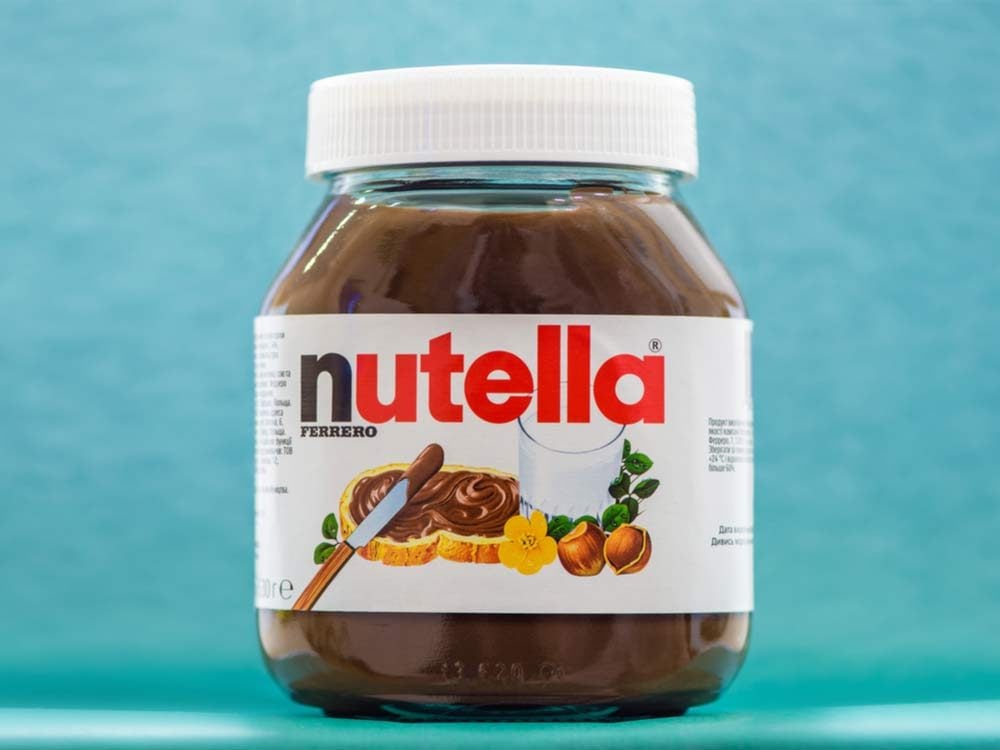
Sorry, but Nutella isn’t as healthy as you think
You’ve always been able to skip the guilt when spreading Nutella on your morning toast because it’s advertised to be relatively healthy— you can get in your chocolate fix while not gaining the extra pounds, or so you think. But we hate to break it to you: when you break down all of the ingredients in the hazelnut spread, it’s really not that healthy. You might actually be better off eating a candy bar for breakfast. (Instead, try these healthy breakfast ideas.)
A jar of Nutella only contains five ingredients: cocoa, palm oil, hazelnuts, sugar, and skimmed milk powder. Advertisers play up the fact that it’s a delicious hazelnut spread with no artificial colours or preservatives so you feel good about eating it daily or giving it to your kids. But, what they don’t outright say is that more than half of the jar is pure sugar.
The nutrition label states that each jar contains 21 grams of sugar per 37 grams of spread. Then, the second most used ingredient is palm oil, which is solid fat. So, you’re really not getting that much hazelnut. (Think twice before eating these 10 breakfast foods.)
To promote healthy eating, Ferrero, the company that makes Nutella said, “One of Ferrero’s core nutritional beliefs is that small portion sizes help people to enjoy their favourite foods in moderation. The labelling on all our products enables consumers to make informed choices and helps ensure that Nutella can be enjoyed as part of a balanced diet.”
If this doesn’t scare you out of eating the delicious chocolaty spread, maybe just cut back on the portion size a little.
Plus: 27 Foods You Should Never Ever Buy Again
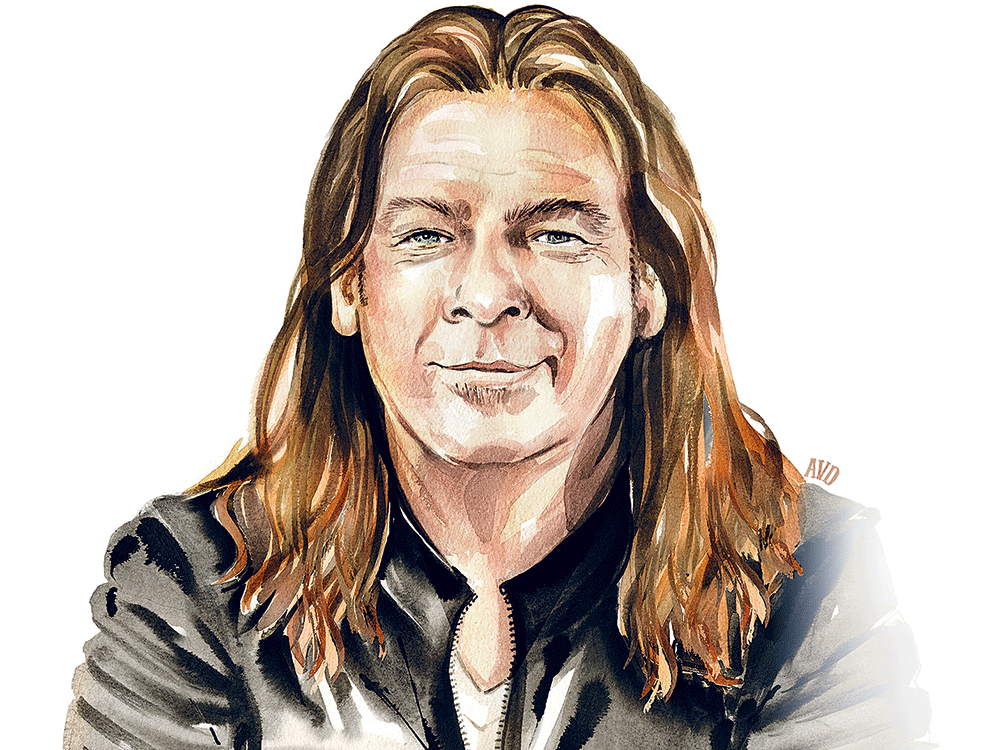
15 Minutes with Alan Doyle
Reader’s Digest Canada: Most Canadians know you from your many years playing music with Great Big Sea and your solo work. What made you want to write your new book, A Newfoundlander in Canada?
Alan Doyle: For Canada’s 150th, I wanted to tell this story about what it was like for a fella who grew up in a small Newfoundland fishing town in the ’70s to explore where he was from. My parents and I come from the same place, but I was born in a country called Canada and they were born in a country called Newfoundland. As a kid, Canada was something I had to go discover.
Did you see being a musician as your ticket to get out there and explore?
When I was 16 years old, the two things I wanted to do most were play in a band and see the world.
You often kick off gigs by promising the crowd a proper Newfoundland kitchen party. What is that, exactly?
It’s a celebration that started generations ago, when the kitchen would’ve been the biggest and warmest place in the house. People ate there, studied there, partied there. Kitchen parties were always musical, especially in my house, because my parents were both musicians. It was always very inclusive. In Newfoundland, the best accordion player is the one who fills the dance floor. The best singer is the one who gets everybody to sing along.
Where are Canada’s rowdiest fans?
Anywhere in Saskatchewan. I think it’s because they have a survivalist mentality like Newfoundlanders. They’re content to work like dogs, but they play harder than anyone else.
In the book you describe how Great Big Sea was booked to play a Canada Day concert in 1997. You learned they planned to introduce you by telling a Newfie joke. That didn’t go over well.
No. We felt slighted. As a band, we’d spent most of our career putting that era behind us. Then we show up for a national celebration in Ottawa, and that’s how they want to portray us?
Has the stereotyping of Newfoundlanders improved since then?
Yes. Our province occupies a radically different space in the country than it did 20 years ago. We’ve gone from being this unknown thing in the ocean to a beloved destination. Most people see Newfoundland as a jewel in the crown of Canada. St. John’s has become a culinary hot spot.
Do young people back east still feel the Newfoundland/Canada divide?
I was part of the last cohort whose parents lived in the country of Newfoundland. That division is a generation or so further away, but the physical separation of living on an island doesn’t go away. There’s still a fascination with the mainland—it’s the thing you either aspire to or try to avoid.
Any words of wisdom for up-and-coming Canadian pop stars?
I’m reluctant to give advice. I was asked once, “If you could talk to the 16-year-old boy on the bridge in Penny Harbour, what would you tell him?” I replied, “I wouldn’t say a word. He has to figure it out. That’s part of the fun.”
For another perspective into Canadian music, check out our interview with Serena Ryder!